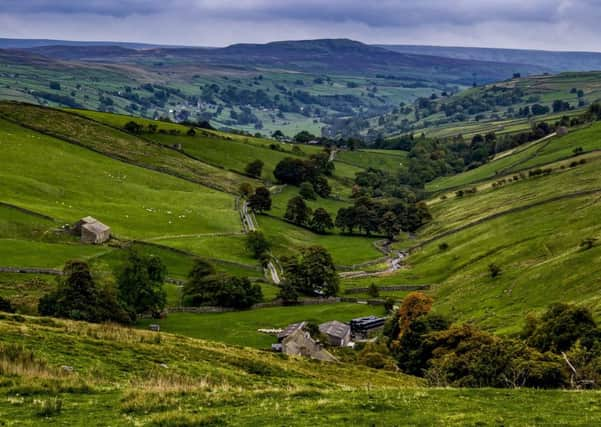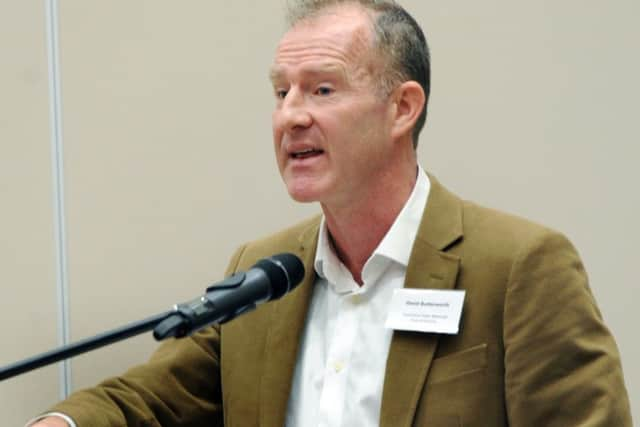National park backs fresh push to save its aging Yorkshire Dales communities


In an impassaioned call for renewed joined up action, the Dales authority’s chief executive David Butterworth said he and fellow authority members are obliged to try and address the threats posed to the survival of the national park’s communities by rising second home ownership and shrinking communities that are increasingly made up in of residents of non-working age.
Mr Butterworth detailed the task at hand in a report considered by authority members at a meeting in Bainbridge yesterday.
Advertisement
Hide AdAdvertisement
Hide AdMembers agreed to an approach set out in the report, which commits the Yorkshire Dales National Park Authority to work with the area’s district councils to try and reach an agreement on a joint initiative to attract more families and people of working age to move in to the national park.


The authority also pledged to work with local authorities and other bodies to develop a specific proposal to government on tackling the proliferation of second home ownership. That approach includes seeking local authority support for a five-year pilot to raise council tax for second homes in the national park to at least five times the current rate.
Prior to the National Park’s boundary extension into Cumbria in August last year, second and holiday homes accounted for 22 percent of the park’s housing stock.
“There are many reasons why a co-ordinated initiative to try to attract more families to move to the National Park might fail,” Mr Butterworth wrote in his report.
Advertisement
Hide AdAdvertisement
Hide Ad“For National Park Authority members and officers, it would be much easier to concentrate purely on our conservation and recreation remit and leave these difficult matters for others to deal with, or not.


“However, the long term viability of our communities is under threat and so, in turn, is the management of the National Park.”
He said that past action to attract families had made a limited overall impact, but, he said: “There are obligations on all of us to try to address the problems we face in the short time that we have some responsibility and influence over this area.”
Challenging members to support the approach to reach out and put more time into working with the Dales’ constituent district councils to forge a brighter future, Mr Butterworth said: “Who truly wants the legacy of being the generation that presided over the slow decline of its communities when they could have tried approaches that may have had a positive impact on the long term good of our communities?”
Advertisement
Hide AdAdvertisement
Hide AdThe report outlined how initial discussions with district councils had indicated “a potential desire to develop a more joined-up approach”, with the overall aim to halt and then reverse the decline in the number of people aged 18 to 44 in the National Park.
In those discussions it was recognised that it is not enough to try and hang on to the younger families who already live in the park. The area must attract new families to move in and to do that a range of issues need to be addressed, including providing employment opportunities and access to services and housing.